Scientists explore how corals could adapt to climate change to survive, but stress that cutting emissions is crucial for their future.
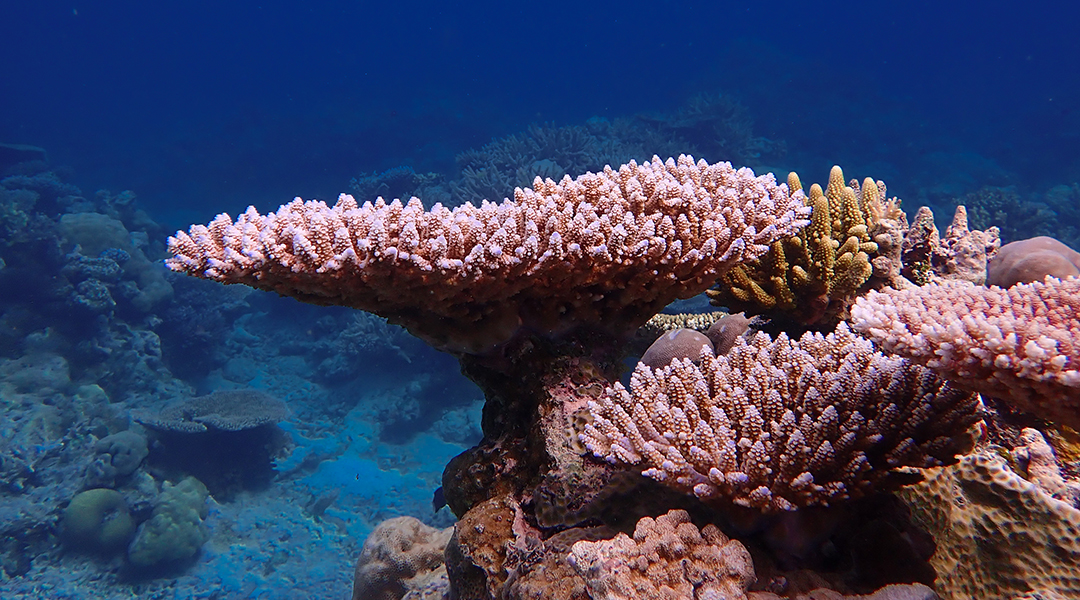

Scientists explore how corals could adapt to climate change to survive, but stress that cutting emissions is crucial for their future.
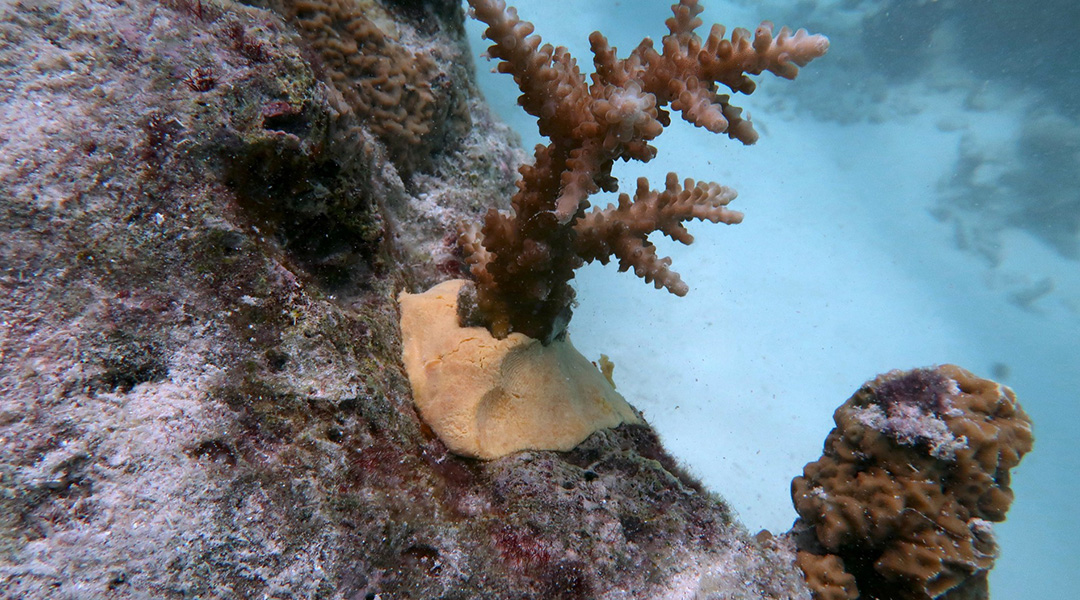
This ocean-safe putty was designed to help seed new coral reefs, offering a much-needed replacement for hardware store products.
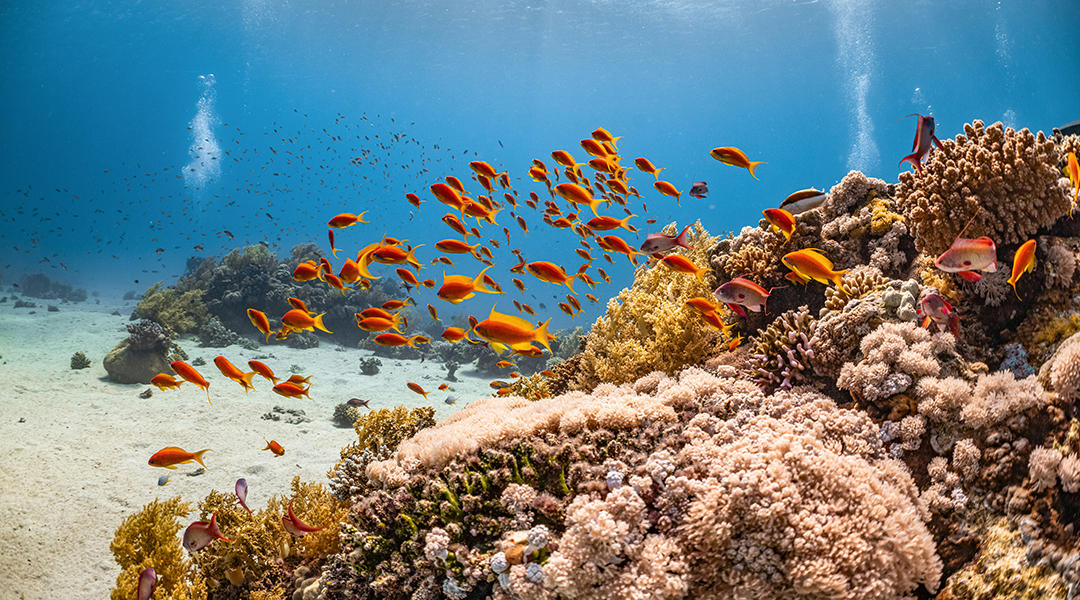
Mapping genetic connections between coral reefs allows scientists to identify and prioritize those acting as regional larval sources.
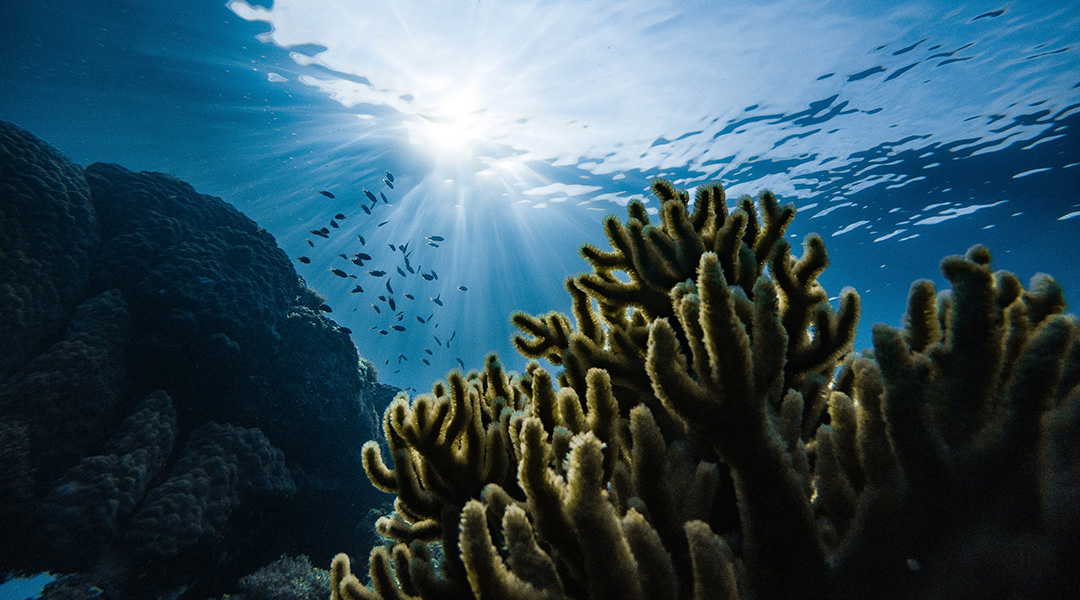
Innovative cryopreservation technique revives adult corals, safeguarding their genetic material to seed future populations.
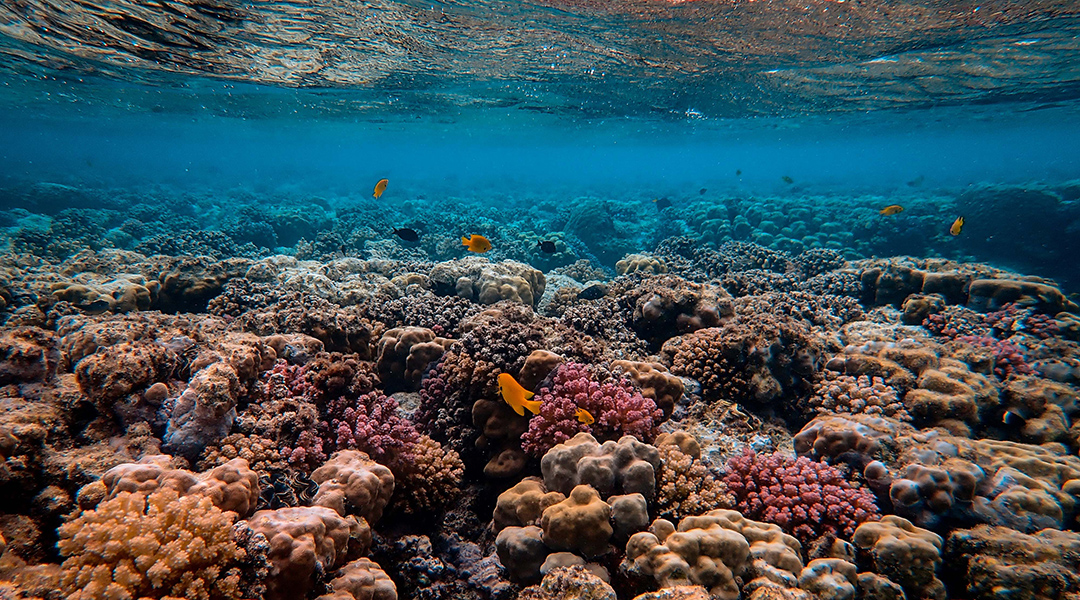
New experiments on coral reefs show that transplanting genetically diverse coral is key to restoration success.
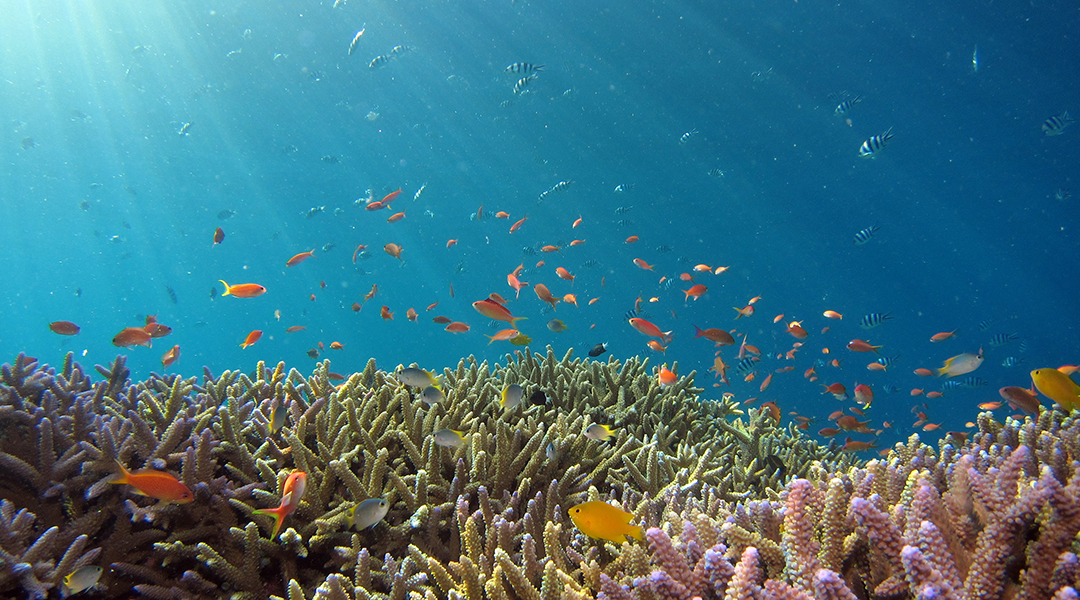
While extreme heat from climate change caused bleaching among the less disturbed coral reefs, those located in more populated and polluted waters adapted.
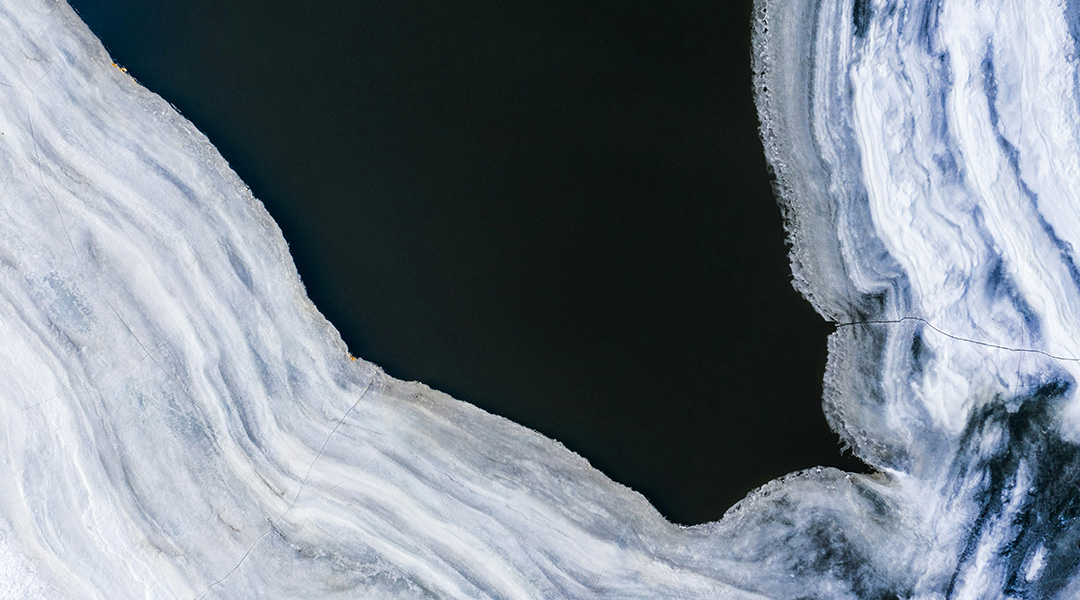
Such rapid changes haven’t been accounted for in model projections, meaning sea level estimates are subject to uncertainty.
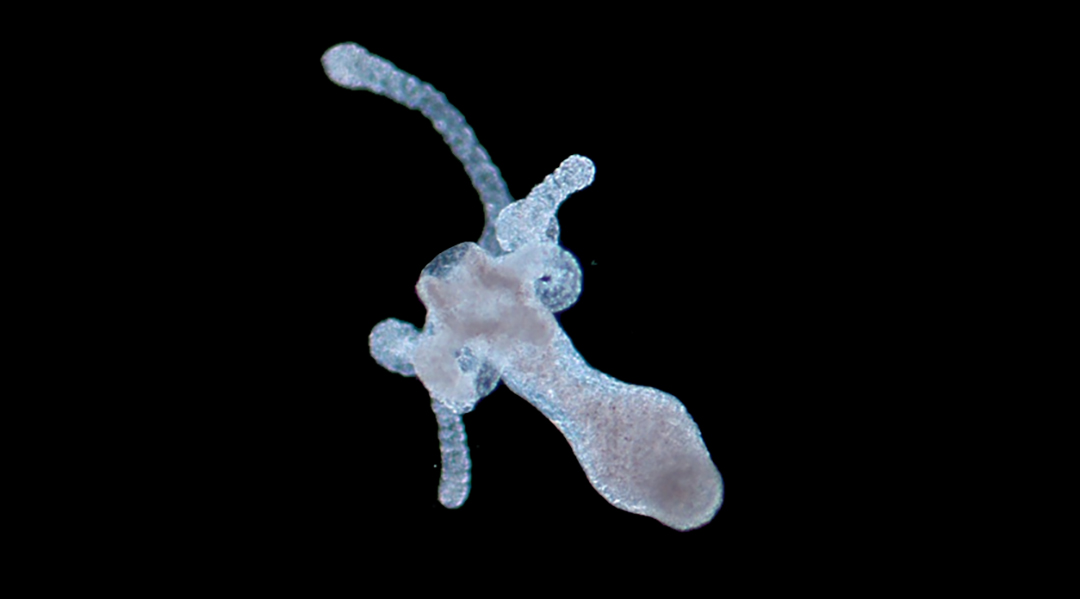
Gold nanoparticles and near-infrared light speed up regeneration and reproduction in hydras, providing insights for regenerative medicine.
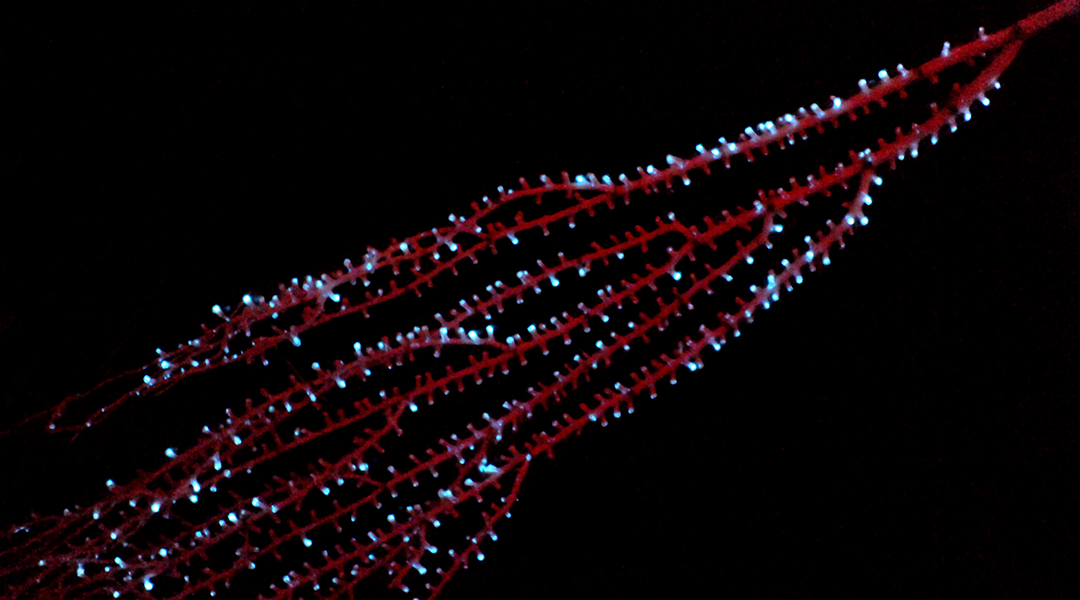
Bioluminescence has evolved independently in species time and again, but why this happened and when it first appeared has been a mystery.
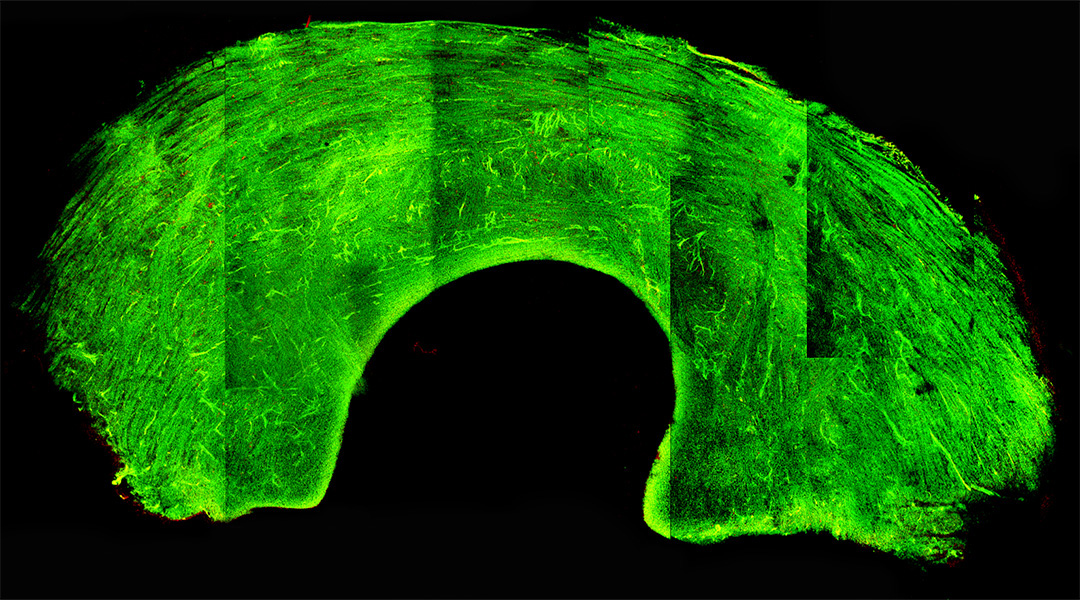
A cryopreservation technique puts graft tissue into a glass-like state, preserving cells and viability during long-term storage.